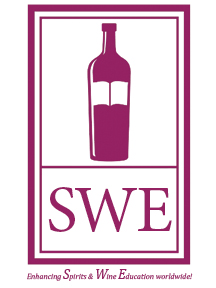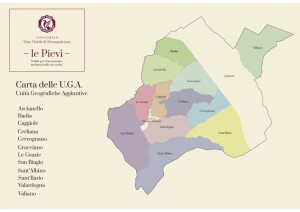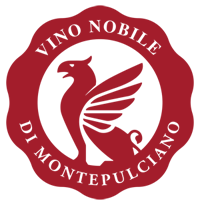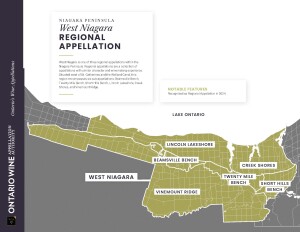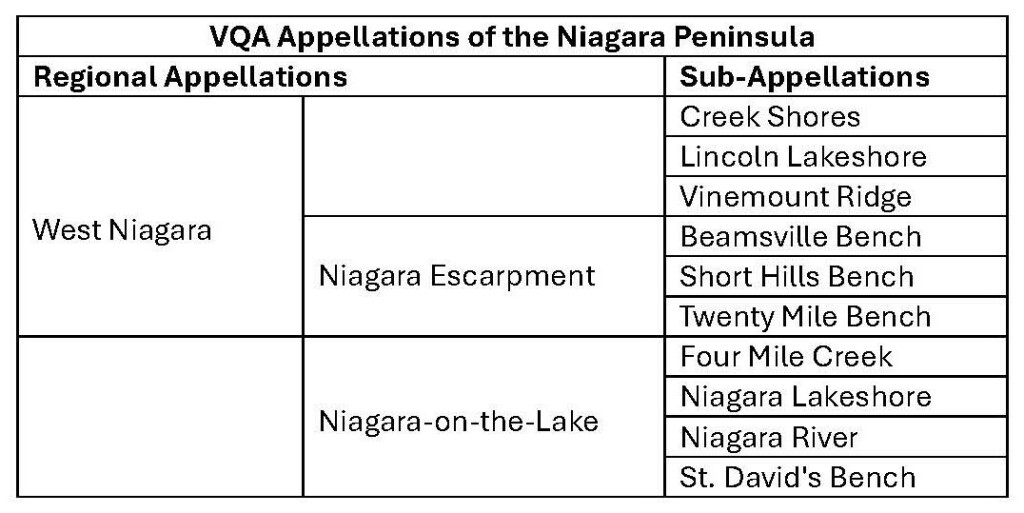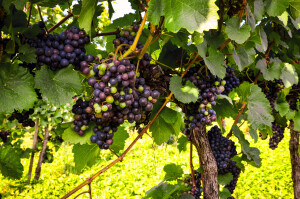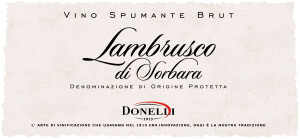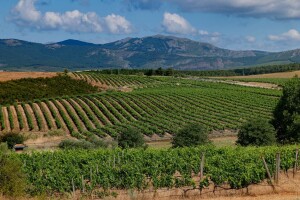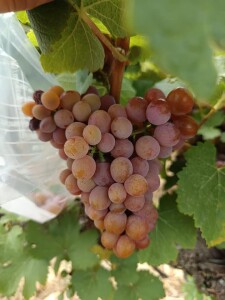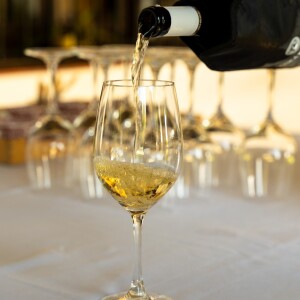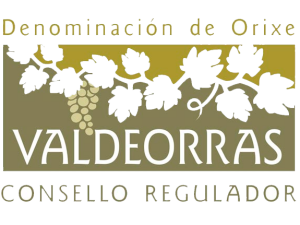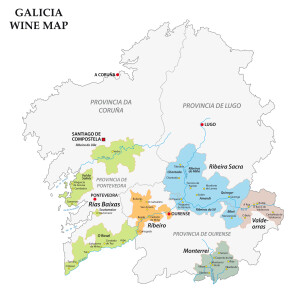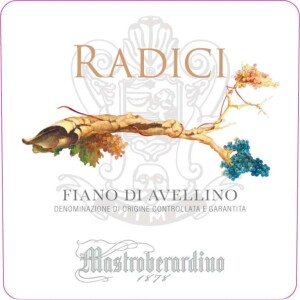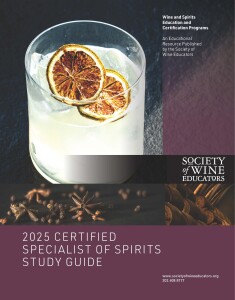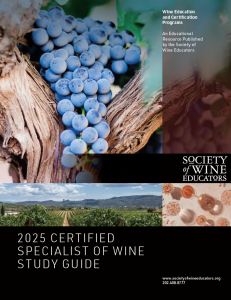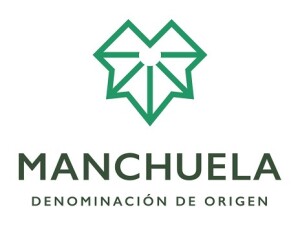 Tucked alongside the massive La Mancha DO, Manchuela is a fairly large, landlocked wine region poised on the eastern edge of Spain’s comunidad autónoma Castilla-La Mancha. Manchuela is, in many ways, similar to the La Mancha DO and was previously part of the larger region. However, in 2000 the DO split off to forge its own identity. The name reflects this history: Manchuela, literally means “lesser La Mancha” or “little La Mancha.”
Tucked alongside the massive La Mancha DO, Manchuela is a fairly large, landlocked wine region poised on the eastern edge of Spain’s comunidad autónoma Castilla-La Mancha. Manchuela is, in many ways, similar to the La Mancha DO and was previously part of the larger region. However, in 2000 the DO split off to forge its own identity. The name reflects this history: Manchuela, literally means “lesser La Mancha” or “little La Mancha.”
The Manchuela DO produces wine in a range of styles, with a focus on red wines (tinto). These wines are typically based on well-known Spanish red grapes such as Bobal, Cencibel (Tempranillo), Monastrell (Mourvèdre), and Garnacha (Grenache). Small amounts of Cabernet Sauvignon, Merlot, Malbec, and Syrah (among others) thrive here as well. Red wines may be bottled as young wines, aged wines, fermentado en barrica (oak-fermented wines), and roble (wine aged in oak).
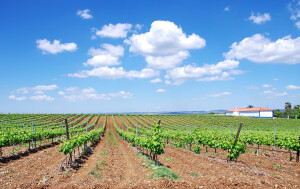 White wines may be produced using an impressive list of grapes, which includes Macabeo (Viura), Albillo Real, Chardonnay, Moscatel de Grano Menudo (Muscat Blanc à Petits Grains), Pardillo, Sauvignon Blanc, Verdejo, and Viognier. The white wines of the Manchuela DO are produced in several styles, including young, aged, oak-fermented and aged in oak. Recently, the appellation approved vino brisado for production in the area as well.
White wines may be produced using an impressive list of grapes, which includes Macabeo (Viura), Albillo Real, Chardonnay, Moscatel de Grano Menudo (Muscat Blanc à Petits Grains), Pardillo, Sauvignon Blanc, Verdejo, and Viognier. The white wines of the Manchuela DO are produced in several styles, including young, aged, oak-fermented and aged in oak. Recently, the appellation approved vino brisado for production in the area as well.
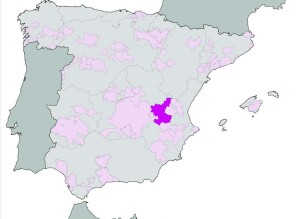
Map of the Manchuela DO via WikiMedia Commons (CNU Free License)
Vino Brisado de Manchuela DO is a type of orange wine (or amber wine—both terms are used in the official documentation). While this type of wine is newly approved under the rules of the appellation, amber wines (based on the typical white grape varieties of the region) are traditional to the region.
Vino Brisado de Manchuela DO is intended to show a range of colors from amber to deep orange, resulting from skin contact during fermentation. The wine is required to have “clean primary aromas and a discernible structure.” We are looking forward to trying these amber wines, as soon as they arrive on the market!
Sparkling wines, sweet wines, ice wine, and rosado (rosé) are also produced in the Manchuela DO.
Welcome to the world, Vino Brisado de Manchuela DO!
References/for more information:
Post authored by Jane A. Nickles…your blog administrator: jnickles@societyofwineeducators.org
